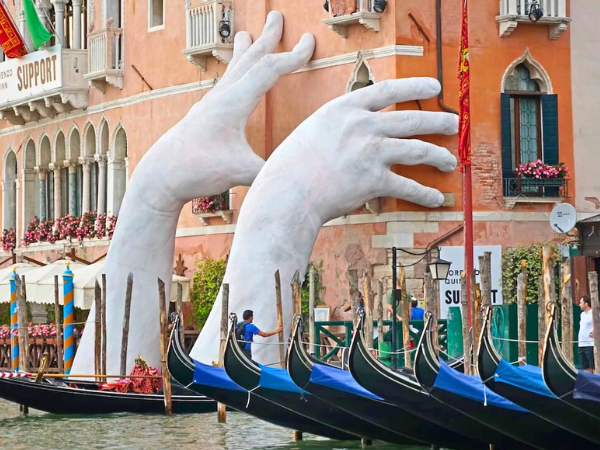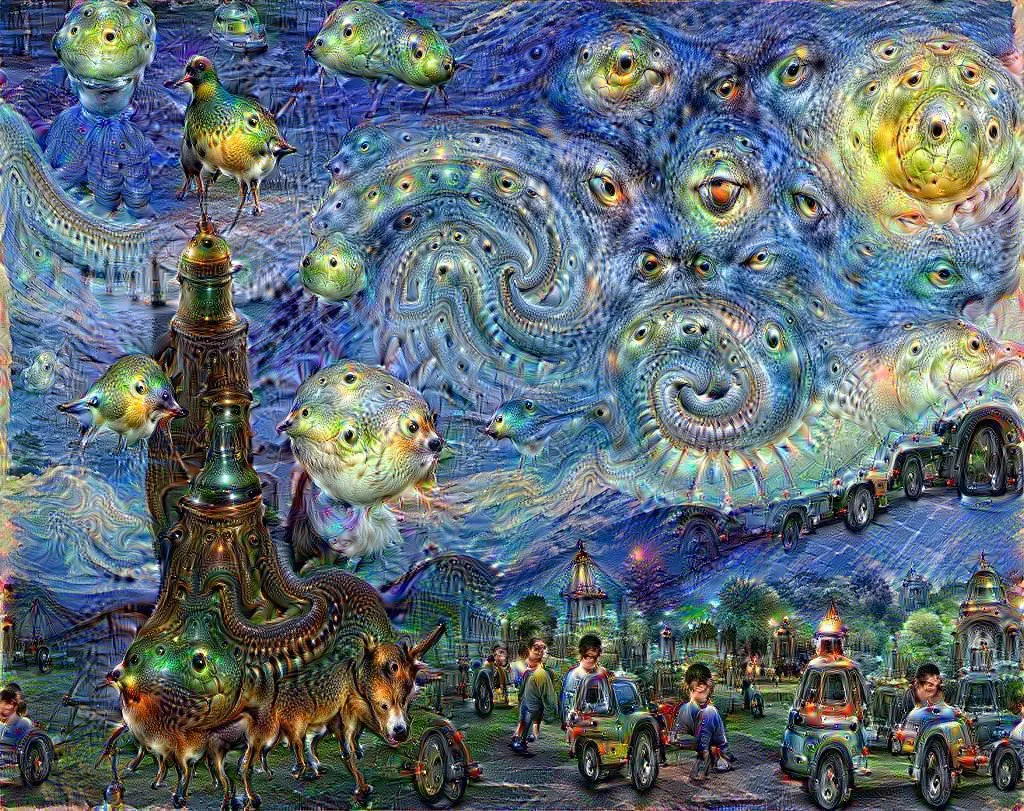The 60th Venice Biennale (2025), curated by Adriano Pedrosa, carries the striking theme “Foreigners Everywhere.” This bold curatorial choice reflects the urgency of global migration, identity, and belonging in today’s fractured world. With over 330 artists from diverse backgrounds participating, the Biennale positions itself as more than an art exhibition—it is a cultural manifesto confronting xenophobia, displacement, and the politics of foreignness.
Origins of the Theme “Foreigners Everywhere”
The phrase “Foreigners Everywhere” originates from a series of neon works by the Italian collective Claire Fontaine, which displayed the phrase in multiple languages. Pedrosa adopted it as the Biennale’s guiding concept, emphasizing that foreignness is universal: everyone is a foreigner somewhere, and migration is a shared human experience.
This theme resonates with contemporary debates on nationalism, identity, and the rise of exclusionary politics. By foregrounding “foreignness,” the Biennale challenges audiences to rethink belonging not as a fixed category but as a fluid, global condition.
Migration as a Global Crisis and Cultural Force
Migration is one of the defining issues of the 21st century. Wars, poverty, climate change, and political instability have displaced millions worldwide. The Biennale uses art to highlight:
- Refugee experiences and forced displacement.
- Diaspora identities shaped by colonial histories.
- Economic migration and labor exploitation.
- Cultural hybridity as a creative force.
By situating migration at the center of its narrative, the Biennale underscores that art is not isolated from politics—it is a lens through which global crises can be understood.
Adriano Pedrosa: The First Latin American Curator
Pedrosa, director of the Museu de Arte de São Paulo (MASP), is the first Latin American curator of the Venice Biennale. His perspective brings attention to decolonization, marginalized voices, and non‑Western narratives.
Pedrosa’s curatorial vision emphasizes:
- Inclusion of indigenous and queer artists.
- Recognition of historically persecuted communities.
- A platform for artists from the Global South.
This marks a significant shift in the Biennale’s history, traditionally dominated by European and North American perspectives.
Representation of Marginalized Artists
One of the most powerful aspects of the Venice Biennale 2025 is its deliberate focus on artists who have historically been excluded from mainstream art institutions. Under the theme “Foreigners Everywhere,” curator Adriano Pedrosa emphasizes that the Biennale is not just about showcasing art—it is about amplifying voices that embody the lived realities of migration, displacement, and cultural hybridity.
The Biennale features 332 artists, many from underrepresented backgrounds. Key highlights include:
- Indigenous art from Latin America and Oceania – Works that reclaim ancestral traditions and confront colonial histories.
- Queer voices challenging heteronormative narratives – Art that explores identity, sexuality, and resistance.
- Immigrant artists reflecting on displacement – Pieces that capture the emotional and physical realities of migration.
- Diasporic communities exploring hybrid identities – Creative expressions that blend multiple cultural influences into new forms.
By centering marginalized voices, the Biennale not only diversifies its artistic landscape but also reframes the conversation around migration and identity. These artists bring authenticity and urgency to the theme, reminding audiences that foreignness is not an abstract concept—it is lived daily by millions across the globe.
National Pavilions and Global Dialogues
National pavilions remain central to the Biennale, but under the theme “Foreigners Everywhere,” they take on new meaning. Countries explore migration both internally and externally:
- Italy’s pavilion reflects on its role as a gateway for Mediterranean migration.
- Brazil’s pavilion highlights Afro‑Brazilian and indigenous experiences.
- European pavilions grapple with rising nationalism and refugee crises.
The juxtaposition of national identities within a global framework underscores the paradox of borders in an interconnected world.
Artistic Mediums and Installations
One of the defining strengths of the Venice Biennale 2025 is the sheer diversity of artistic mediums used to explore the theme “Foreigners Everywhere.” Rather than relying on a single form of expression, the exhibition embraces a wide spectrum of visual and performative practices. This variety reflects the complexity of migration itself—an experience that cannot be reduced to one story or perspective.
- Neon installations inspired by Claire Fontaine’s original works.
- Video art documenting refugee journeys.
- Performance art exploring identity and belonging.
- Sculpture and painting reinterpreting cultural hybridity.
By presenting migration through multiple artistic languages, the Biennale ensures that foreignness is not portrayed as a single narrative but as a constellation of experiences. This approach allows audiences to engage emotionally, intellectually, and physically with the theme, reinforcing the idea that art is a global language capable of bridging divides.
Critical Reception and Debates
The Venice Biennale 2025 has already generated significant discussion among critics, scholars, and audiences worldwide. With its theme “Foreigners Everywhere,” the exhibition positions itself at the intersection of art and politics, inevitably inviting both praise and skepticism. Many commentators applaud the Biennale’s inclusivity and boldness, noting that it provides a platform for marginalized voices and challenges entrenched Eurocentric narratives.
- Some argue the theme risks romanticizing foreignness.
- Others question whether art can truly impact migration policy.
- Supporters highlight its role in shaping cultural consciousness.
Regardless of critique, the Biennale succeeds in sparking dialogue about one of the most pressing issues of our time. Its reception demonstrates that art’s value lies not only in aesthetic innovation but also in its ability to provoke thought, inspire empathy, and challenge audiences to reconsider their assumptions about foreignness and migration.
The Biennale’s Legacy: Art as a Global Language
The Venice Biennale 2025 will be remembered as a turning point in how art addresses migration. Its legacy lies in:
- Challenging xenophobia through cultural narratives.
- Elevating marginalized voices in global art.
- Redefining foreignness as a shared human condition.
By declaring “Foreigners Everywhere,” the Biennale asserts that art is not just aesthetic—it is political, ethical, and deeply human.




